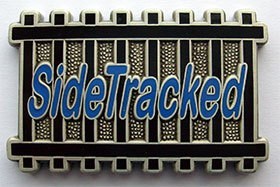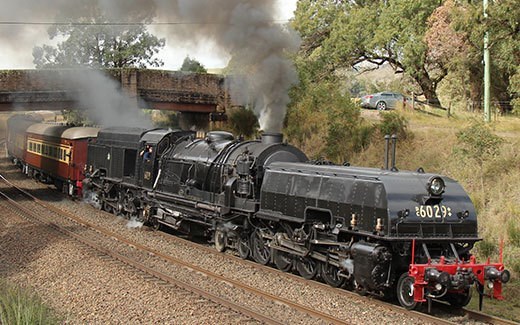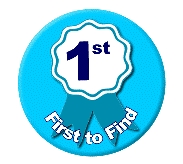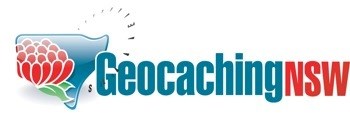
This two-stage multi geocache is part of the SideTracked series that is popular in the UK and throughout the world. It is designed to be a relatively quick cache find around train stations for travellers but, of course, anyone else can find it too! There's a pencil included but it's always good to bring your own writing implement to sign the log.
To learn more about the series, visit the website at the following link...
SideTracked Series
---------- << O >> ----------
Mount Kuring-gai Station

"Ku-ring-gai" is the anglicised term of the "Guringai", the indigenous people of the Sydney clan. These words both mean the same, it translates as an Aboriginal word that means hunting ground of the men. This area was once the home and hunting ground of the Ku-ring-gai Aborigines.
Mount Kuring-gai station opened on 5 October 1901 as a passing loop named Kuring-gai. It was renamed Mount Kuring-gai on 1 August 1904, and in 1909 the present station was built when the Main Northern line was duplicated. The station was the terminating point for some services and had a signal box to facilitate these workings. It was removed in April 1988.
Kuring-gai Post Office opened on 27 January 1908 and was similarly renamed Mount Kuring-gai in 1933.
Mount Kuring-gai Public School opened in 1957.
---------- << O >> ----------
**Please Note**
At all times, for safety, you must remain behind the YELLOW LINE on the platform while searching for the information you need.
According to the regulations, anyone entering a railway platform must have tapped on with their Opal Card, even if there is no barrier and they don't intend to board a train. After gathering the information for this cache, they can then tap off. That will reverse the transaction. Apparently, transport inspectors can and occasionally do check the Opal Cards of people on railway platforms.
To find this cache, look around the platforms and precinct and find the following. (Please note, each capital letter represents either a one or two digit number):
A = The number of flat concrete blocks on the top layer around the northern most tree.
B = The number of silver light poles at northern end of platform after the station building.
C = The sum of the two, double digit numbers located on the two blue Access Ramp boxes, one on either side of the station building.
D = The sum of all the individual digits of the Payphone Identification Number, (ignore the "X").
E = Number of Opal Card readers on the platform.
F = Distance in km to Crosslands. (Look in the vicinity of the platform access steps.)
Checksum (numbers above) = 91
The cache is located at:
S33° 39.(A-13)(B-2)(C-20)
E151° 08.(D-35)(E+6)(F)

A Garratt (often referred to as a Beyer Garratt) is a type of steam locomotive that is articulated into three parts. Its boiler is mounted on the centre frame, and two steam engines are mounted on separate frames, one on each end of the boiler. Articulation permits larger locomotives to negotiate curves and lighter rails that might restrict large rigid-framed locomotives. Many Garratt designs aimed to double the power of the largest conventional locomotives operating on their railways, thus reducing the need for multiple locomotives and crews.
Reference: Wikipedia

FTF Honours
Crash2079
A Superior SideTracker

Did you know that NSW has a geocaching association? Geocaching NSW aims to enhance and improve the activity of geocaching and holds regular events where geocachers meet to enjoy their common interests. Visit the association website here.